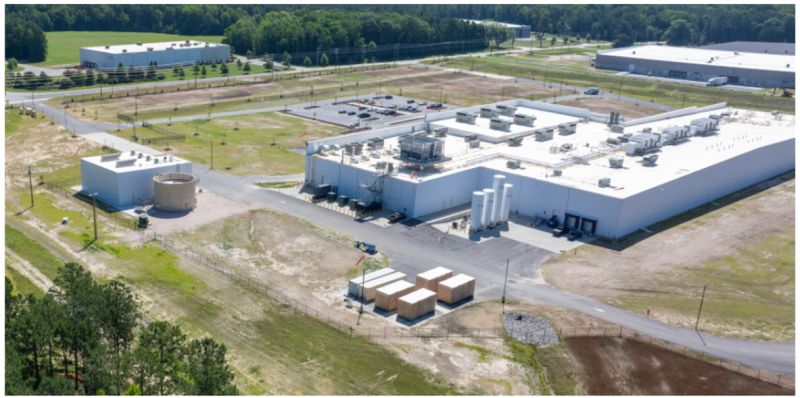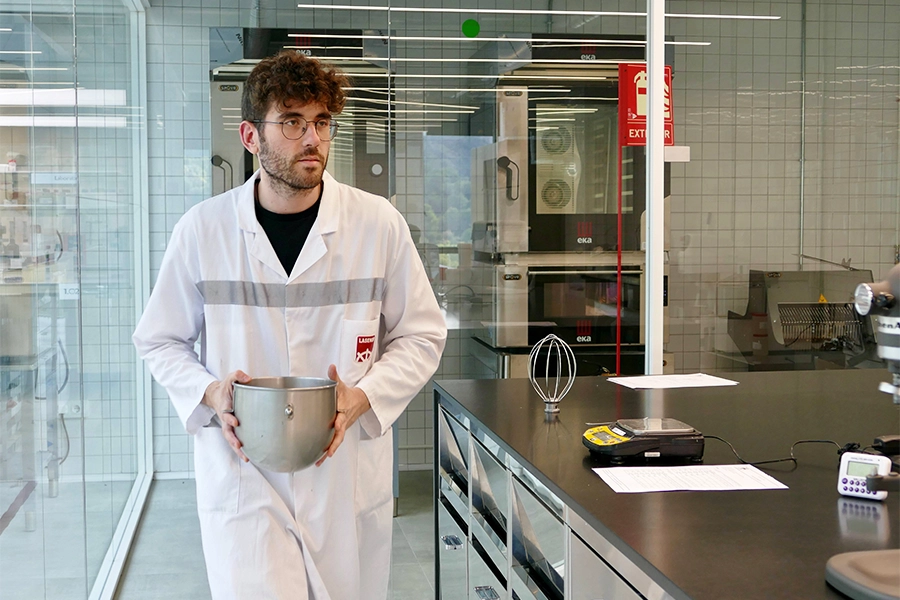

International symposium highlights key role of nuclear techniques in assessing protein quality
To function well, the human body requires an adequate daily supply of high-quality protein in the form of nine essential amino acids. Individual needs vary depending on age, sex and physical condition. The needs of a growing child, for example, are different from those of a pregnant woman, an elderly person or a patient being treated for cancer.
Globally, access to adequate and high-quality proteins remains uneven, yet demand continues to rise sharply with continued growth in the world population, which the United Nations projects will reach 9.7 billion by 2050. The impact of climate change on food systems and crop yields also affects this global protein supply as do high carbon dioxide emissions, which can reduce protein concentration in certain crops by as much as 20%. As awareness grows about the adverse environmental effects of current consumption patterns and production systems, some have recommended a shift from eating animal-based proteins to plant-based ones. But since not all protein food sources are of the same quality (animals are generally understood to provide higher-quality proteins), can this shift both save the planet and feed the world?
To address this pressing question, more than 300 experts from around the world gathered in Utrecht, the Netherlands from 14-16 September 2023 for the International Symposium on Dietary Protein for Human Health. Scientific developments of the past decade were in the spotlight at the Symposium, which was co-organized by the Food and Agricultural Organization of the United Nations (FAO), Wageningen University & Research and the Riddet Institute of Massey University in cooperation with the International Atomic Energy Agency (IAEA). One such advance was the use of the digestible indispensable amino acid index (DIAAS) to score amino acid digestibility, as recommended by FAO. Other notable advances included the stable isotope tracer techniques, which have enabled nutrition scientists to measure dietary protein quality and in turn generate much-needed data on how well certain food sources meet bodily needs.
“Having accurate information on the quality of proteins from a wide range of foods is more important than ever as the world becomes more dependent on certain lower quality plant proteins,” said Paul Moughan, Distinguished Professor at the Riddet Institute of Massey University, during the symposium. Through blood and breath analyses, the dual isotope tracer technique enables nutrition specialists to precisely measure protein digestion in a minimally invasive manner. The technique was developed through an IAEA coordinated research project in seven low- and middle-income countries. “The IAEA has had a very real impact,” Moughan said. “The significance of isotope tracer methods will continue to expand as new data are generated and as these techniques are validated.”
Alternative protein sources such as underutilized crops, edible insects, microbial protein, microalgae, myocoprotein, and cultured foods can help feed the world. However, the nutritional value of these foods must be understood, specifically their protein quality. As that information joins the accumulating data on food protein quality based on DIAAS, policymakers need a global database to help design effective dietary guidelines on protein intake. “A joint FAO/IAEA initiative to create the first-ever database on protein quality would address this growing need and potentially inform future efforts to establish new protein requirements,” said Maria Xipsiti, FAO nutrition officer. “It would also serve as an example of how sister UN agencies can coordinate dialogue and action on important public health nutrition issues,” she added.
Looking ahead, symposium participants agreed on the need for a shift in focus in nutrition data collection from single-food items towards complex diets, especially in low- and middle-income countries where food systems are more vulnerable to external shocks. Meeting the protein requirements of the world while minimizing environmental impacts will require balanced, context-specific diets that use a mix of protein sources. “The challenge of formulating such diets demands tools to assess and understand subtle differences in protein quality of various foods,” emphasized Victor Owino, IAEA nutrition specialist. Stable isotope techniques will remain pivotal for generating this crucial data on protein quality and for validating other approaches such as in-vitro methods, which have an even wider application potential.
If you have any questions or would like to get in touch with us, please email info@futureofproteinproduction.com






